In this post we are going to discuss about my top cold hardy fruit trees that I think every gardener needs to grow. Some of these on the list you may already be growing and some of them you may not be. The whole idea behind this article is just to help generate some ideas for those of you guys who are starting a food forest or a garden and you’re kind of looking for what kind of fruit trees you need to grow. So hopefully this helps you out.
First on our list is the apple tree. These trees do best in hardiness zones four to nine, so there are trees that will work well in colder areas and there are trees that will work well in warmer areas. When choosing an apple variety for your area, i would choose something that you can’t find at the local grocery store. There’s about 100 varieties that are grown commercially, but there are thousands of varieties on the planet, so find something different and keep in mind that pest and disease pressures for your local area are something that you must highly consider, as apple trees can be very susceptible to disease and pest pressures. And if you’re one of those gardeners that thinks apples are just too basic for you and they’re too boring, try to find a rare historical variety of apple and I promise you things will become much more difficult very quickly. So you can find an apple that suits you and keeps you entertained.

Next on the list is going to be the Pear. Pear trees do well in hardiness zones four to eight with a few varieties that are even more cold hardy than that. So there are trees that are going to work in all different types of climates, so there is definitely a pear tree that’ll work for you. Much like the apple tree, pear trees can be very susceptible to disease and pest pressures in your local area, so I would work hard to find a variety that is as resistant to these diseases and pest pressures as possible. Yet again Pears can be as easy or difficult to find as you want them to be. If you’re a gardener who’s looking for a great tasting Pear to add to the garden, you can find them at Walmart, lowe’s Home Depot or your local nursery. Or if you’re somebody like me who really enjoys the history and the chase, you could look for a rare historical variety and things get fun really fast.

Next on the list is one of my personal favorites and it’s the peach. Peaches do well in plant hardiness zones four to nine. But if you live on either end of that spectrum, you’re going to want to be very careful about which varieties you plant and do a little research on which ones are going to do best for you. And if you live in an area that’s prone to late spring frosts, you’re definitely gonna wanna get your hands on some late blooming varieties because those are gonna perform so much better for you. You don’t wanna get hit with a late spring frost and lose all of your peaches again and again, so please do your research before you buy varieties.
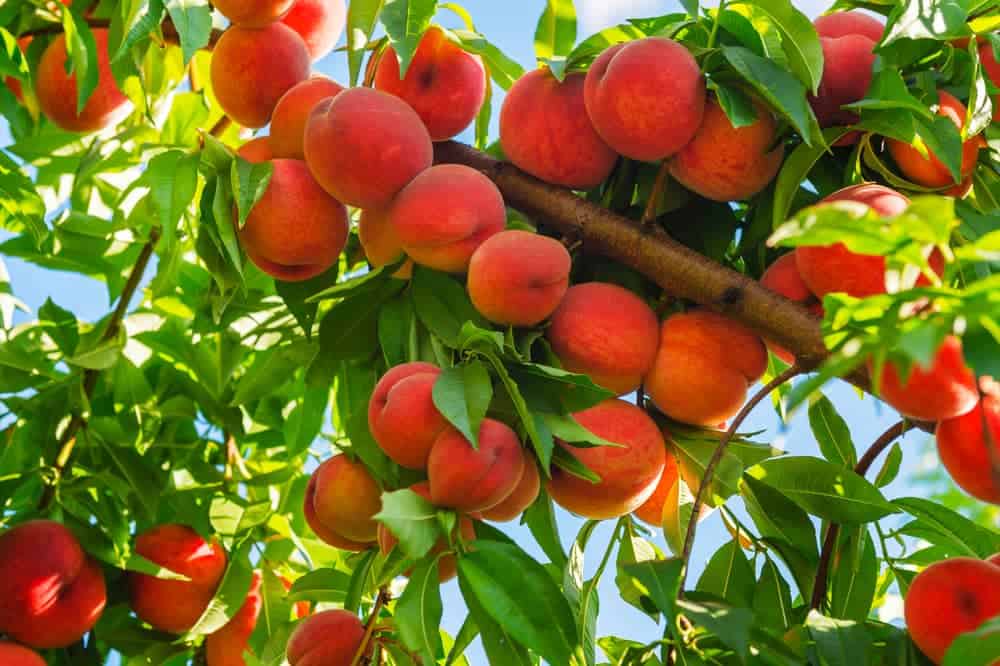
Next on our list is going to be the cherry. There are two different types of cherries, there’s the sour cherry and there’s the sweet cherry. The cherry trees do best in growing zones four to seven. If you’re worried about the size of your yard and you think you don’t have space for these trees, all you have to do is research and become good at pruning. You can keep the trees whatever size you’d like and still get tons of fruit set. Have you considered the food forest style of gardening? If you haven’t, i suggest you look into it. It’s all about growing lots of fruit in small spaces, so I suggest looking into that.
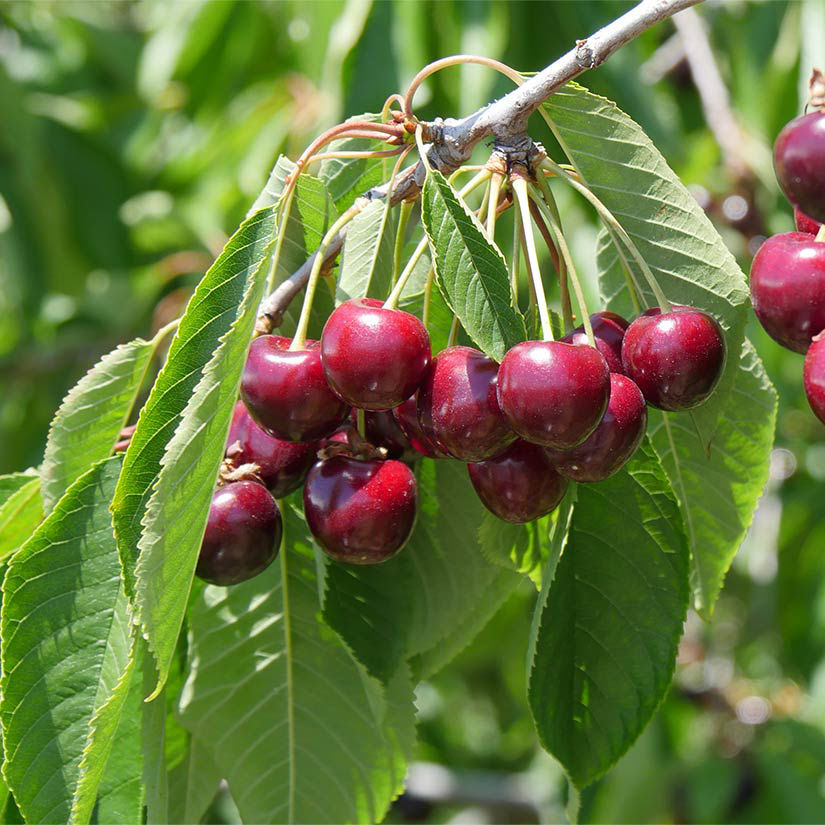
Next on our list is a great tree and it’s the mulberry. When purchasing mulberry trees, there are black mulberries, red mulberries and white mulberries, with the most cold hardy being the red mulberries. These trees can grow anywhere between zones four and ten, so a little research is going to have to be done on which trees will work for your particular growing zone.
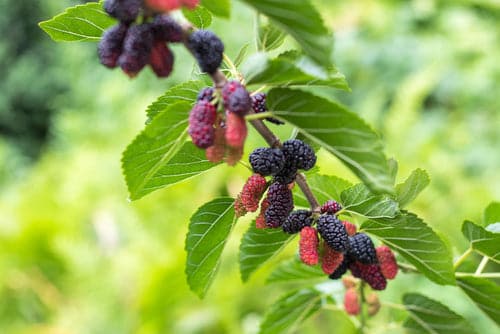
Next on the list is going to be one of my personal favorites and it’s the fig. In growing zones eight and up figs do tend to turn into large trees if not kept pruned heavily, but in growing zones five through seven, they will die back to the ground every winter, come back into a bush form, and give you a large crop of figs. Usually when people tell me they don’t like figs, they just think of a fig Newton bar or that there’s just one variety of fig, and that’s just not the case. There are 100 of varieties, if not thousands of varieties of figs, and their flavors range from honey to berry to melon. So there are so many different types of figs with so many different flavor profiles. So there’s a fig for everybody.

Next on our list is going be the Che. As far as this list is concerned, the Che tree is going to be probably the most rare tree on the list. It can be difficult to find, but it is a very easy fruit tree to grow. It’s a fun fruit tree to grow, and for that reason I think everybody needs to grow one. When trying to purchase this tree you need to make sure that you get the female tree. Only if you have a male tree present it’s not going to be seedless fruit, but if the male tree is not present it will be seedless and it’s going to make the fruit a lot more enjoyable to eat. The growing zone for this fruit tree is between zones five and nine, so give it a try.
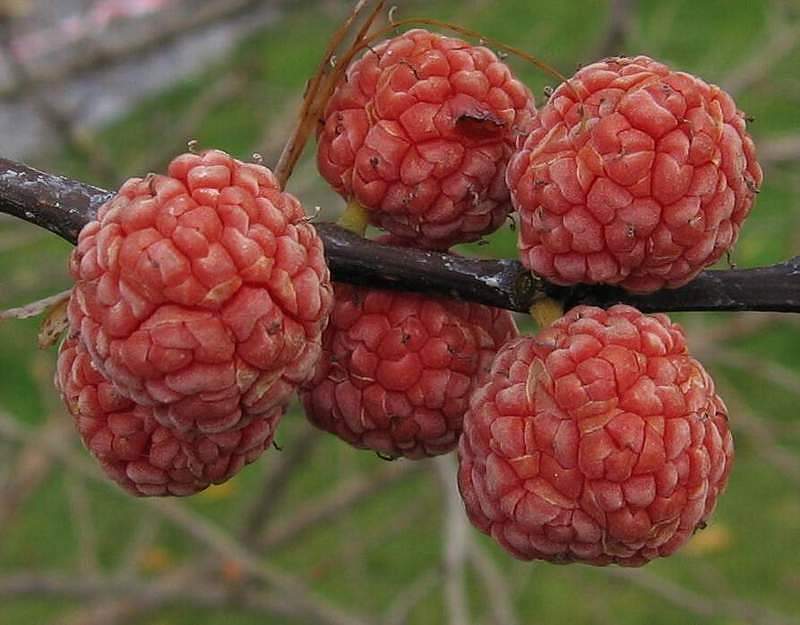
Next up we have the persimmon tree. There are two different types of persimmons, the American persimmon and the Japanese persimmon. The American persimmon is going to be much more cold hardy, ranging from zones four to nine, while the Japanese persimmon is less cold hardy and its ranges are from seven to ten. As far as the taste is concerned, Japanese persimmons are usually thought to taste better, but we can’t say that for sure because everybody’s taste buds are different and a lot of people do like the American persimmons. And if you live in a colder area, the American persimmon might be the only option for you. So it’s in no way inferior to a Japanese persimmon. In my opinion, it’s just that they’re gonna be a little bit different, and persimmons are typically known for their astringency, which means if you don’t pick them when they’re perfectly ripe, they’re going to give you that dry mouth feeling. And there are varieties of persimmons which do not have that astringency to them, meaning you’re not going to get the dry mouth like you would with the other persimmon. With all that being said the persimmon is an amazing fruit which is why it’s on my list of must haves for every gardener.

Next up on the list we have the plum. There are two different types of plums, the European plum and the Japanese plum. The reason that this is important to know is because if you have a European plum, it cannot be pollinated by a Japanese plum and vice versa. Plum trees can grow well in plant hardiness zones three to eight, but it’s going to be very important that you look at varieties just like all these other fruits and make sure you find the ones that are going to do best in your growing zones. But if you pay attention to those couple of things, you should be able to grow plums for years and years and have great crops.
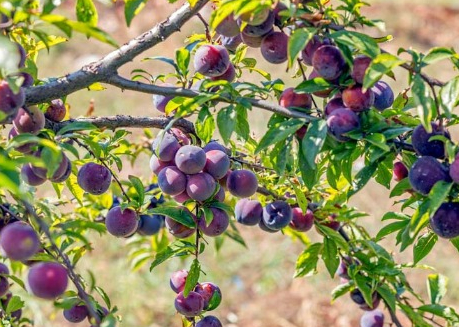
Next up on the list is a tree that we grow tons of and it’s the papaw. The papaw is the largest fruit native to North America and it looks very similar to a mango and tastes like a mixture between a mango and a banana. The flowers of these trees are quite different from flowers you’re used to seeing on fruit trees. They’re actually pollinated by flies and beetles and they give off a little bit of a stinky smell. Pawpaws can be grown in plant hardiness zone five to eight, and if you live in a place that gets late spring frosts and you think that all your flowers have been killed off, you’ll actually find that they will flower again and you will still be able to set fruit. So that’s something that’s kind of crazy about the pawpaw. But this is definitely a fruit tree that I recommend if you’re looking for something a little bit different and I believe that it’s something that every gardener should grow.
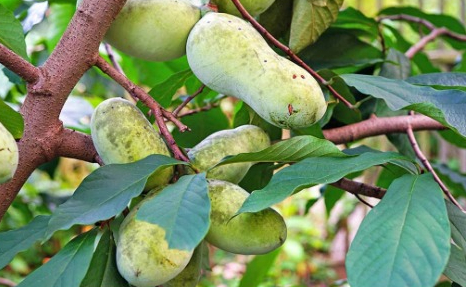
Thanks so much for reading. Share with any of your friends who are starting their gardens and hopefully this can help them out. Thanks so much for reading.

